Easy Riddle for 4 to 8 Year Olds
45 Brain teasers for kids
We've compiled a list of language, math and visual brain teasers to get your students thinking. Get inspired by the examples below — including answers!
Language brain teasers for kids
1. Riddles
When you hear the term "brain teaser," a riddle is likely the first thing that comes to mind. Riddles are perplexing — sometimes misleading — questions or statements that require creative thought to solve.
Riddles are usually fun, and plenty of them can add some humour to your classroom.
Enjoy our list of riddles for kids below!
Riddles
a) Billy's mother had five children. The first was named Lala, the second was named Lele, the third was named Lili, the fourth was named Lolo. What was the fifth child named?
b) Choose the correct sentence: "The yolk of the egg is white" or "the yolk of the egg is white."
c) It's as light as a feather, but the strongest person can't hold it for more than five minutes. What is it?
d) The more there is, the less you see. What is it?
e) What gets more wet while it dries?
f) You can find it in Mercury, Earth, Mars, Jupiter and Saturn, but not in Venus or Neptune. What is it?
g) It likes food, but water kills it. What is it?
h) What's full of holes but can still hold water?
i) Which is heavier, a pound of feathers or a pound of rocks?
j) How far can a dog run into the woods?
k) You're driving a city bus. At the first stop, three women get on. At the second stop, one woman gets off and a man gets on. At the third stop, two children get on. The bus is blue and it's raining outside in December. What colour is the bus driver's hair?
l) There are three houses. One is red, one is blue and one is white. If the red house is to the left of the house in the middle, and the blue house is to the right of the house in the middle, where's the white house?
m) It's at the center of gravity and you can find it in Venus, but not Mars. What is it?
n) What goes on four feet in the morning, two in the afternoon and three in the evening? (This is from the classic myth, Oedipus and the Riddle of the Sphinx)
o) What travels faster: heat or cold?
p) A man was walking in the rain in the middle of nowhere without a coat or an umbrella. He got soaked, but not a single hair on his head was wet. How can this be?
q) A cowboy rode into town on Friday. He stayed in town for three days and rode back out on Friday. How is this possible?
Answers
a) Billy
b) Neither. Egg yolks are yellow, not white!
c) Breath
d) Fog
e) A towel
f) The letter "R"
g) Fire
h) A sponge
i) Neither. Both weigh a pound!
j) Halfway. Once it reaches halfway, it's runningout of the woods.
k) Whatever colour your hair is. Remember, you're driving the bus!
l) In Washington, D.C.
m) The letter "V"
n) A human. The times of day represent stages of human life. At the beginning of life, a baby crawls on four "feet." As a person gets older, they walk on two feet. Later in life, a person will walk on three "feet" (two feet, plus a cane to help them walk).
o) Heat travels faster because you can catch a cold!
p) He was bald.
q) The horse's name was Friday.
As a bonus, use these riddles to challenge preconceived notions and get students thinking about natural bias.
a) Two boxers are in a match scheduled for 12 rounds. (Pure boxing only - no kicking, UFC takedowns, or anything else). One of the boxers gets knocked out after only six rounds, yet no man throws a punch. How is this possible?
b) A father and son have a car accident and both are very injured. They are taken to separate hospitals for treatment. When the boy is taken in for an operation, the surgeon says, "I can't do this surgery…. this boy is my son!" How is this possible?
Answers:
a) The two boxers are women.
b) The surgeon is the boy's mother.
2. Language associations
These brain teasers for kids explore the complexities of the English language. Use them to boost student knowledge of sounds, words, spelling, categorization and more.a)Word association: find a word that associates with the following sets of words.
- Cake, swiss, cottage
- Glasses, screen, day
- Cream, cube, cap
- Knife, fly, cup
b) Find the mystery word. Replace the third letter of each word with a new letter to create a different word. When read vertically, the new letters will reveal the mystery word.
For example, the word MAKE could become MARE, MALE, MATE and so on. It's your job to figure out which one works to create the mystery word.
SAME
POKE
BOAT
NEAT
STOP
BAKE
Hint: It's something you'll find outside.
c) Find rhyming pairs. Unscramble the words below so that each pair of words rhymes.
- RBAE & HREAS
- WNROED & UTRHNDE
- TUGHAT & HBTUGO
- ODULC & ODOG
Answers:
a)
- Cheese
- Sun
- Ice
- Butter
b)
SAFE
POLE
BOOT
NEWT
STEP
BARE
Mystery word: FLOWER
c)
- BEAR (or BARE) & SHARE
- WONDER & THUNDER
- TAUGHT & BOUGHT
- COULD & GOOD
You can also use printable brain teasers for kids like this one:
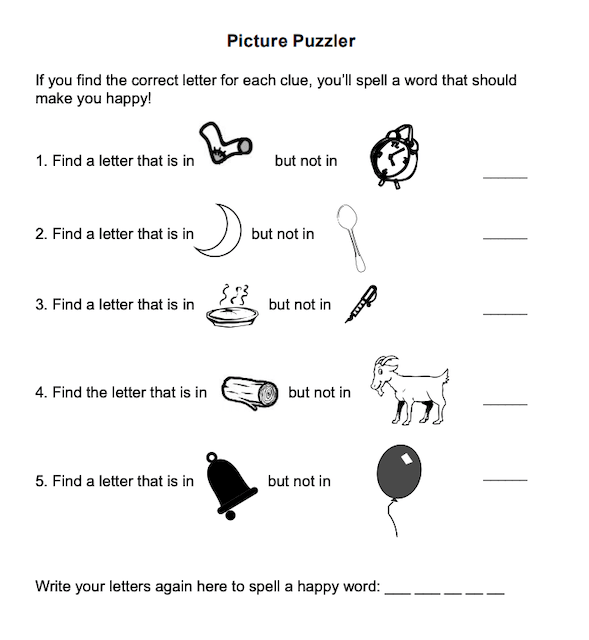
3. Lateral thinking problems
Lateral thinking problems require creative thinking with an indirect approach.
These questions require logic and careful thought to solve. The most notable example of a lateral thinking problem is the classic Monty Hall problem.
Here are two examples of lateral thinking problems kids can try to solve.
a) The river crossing problem
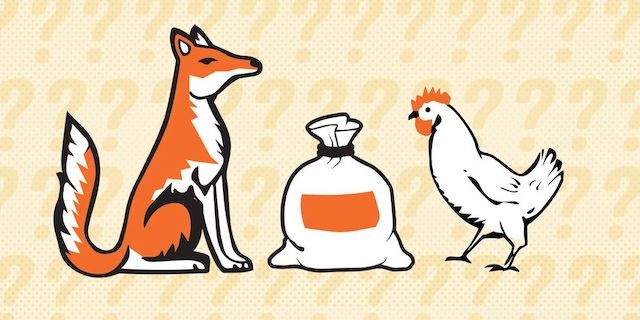
Image source: Popular Mechanics
A farmer is travelling with a fox, a goose, and a bag of beans. During his journey, he comes across a river with a boat to cross it.
The farmer can only fit one thing in the boat with him at a time. If left alone together, the fox will eat the goose or the goose will eat the beans. How does the farmer get everything across the river safely?
b) The light bulb problem

There are three light switches outside of a room-- labeled number one, number two, and number three. The door to the room is closed and you can't see in. All three switches are off.
You need to figure out which switch belongs to which bulb. You can use the switches however you want to, but can only enter the room once. How do you do it?
Answers:
a) Here's the step-by-step solution:
- The farmer brings the goose across the river first (if he leaves the goose alone, it will either eat the beans or be eaten by the fox).
- The farmer brings either the fox or the beans across and leaves the other one alone.
- Now the farmer has two items on the other side of the river, including the goose. If he leaves the goose again, the same problem will occur. So, the farmer must bring the goose back to the other side.
- The farmer brings the other item back (either the fox or the beans) and leaves the goose alone again. The fox and the beans are now on the other side of the river.
- The farmer returns and brings the goose across the river again.
b) Turn on the first switch and leave it on. Turn on the second switch for a few minutes, and then turn it off again. When you enter the room, one light bulb will be on. You'll know it goes with switch one because you turned it on. Another bulb will be hot. You'll know that goes with switch two because it was on for a little while. The bulb that's off and cold goes with switch three because you didn't touch it.
Math brain teasers for kids
Like math puzzles, these brain teasers for kids can increase engagement with math content and inspire your students to work on math concepts and problems outside of regular lessons.
1. Math riddles
These riddles are just as amusing as the ones above, but they're math-focused. Use them to give students some extra math practice and encourage resourceful thinking.
Math riddles
a) Divide 30 by ½ and add 10. What's the answer?
b) A clerk at the butcher shop is six feet tall and wears size 10 shoes. What does he weigh?
c) A farmer has 19 sheep on his land. One day, a big storm hits and all but seven run away. How many sheep does the farmer have left?
d) Your sock drawer only contains 18 white socks and 18 blue socks. How many times do you need to reach inside the drawer and take out a sock to guarantee a matching pair?
e) You planted sunflower seeds in your back garden. Every day, the number of flowers doubles. If it takes 52 days for the flowers to fill the garden, how many days would it take for them to fill half the garden?
f) Using only addition, how can you use eight eights to get the number 1,000?
g) When Ashley was 15, her mother was 37. Now, her mother is twice her age. How old is Ashley?
Answers
a) It's 70. You're dividing 30 by ½, not by two. Thirty divided by ½ is the same thing as multiplying it by two, which is 60. Plus 10 makes 70!
b) Meat. He works at the butcher shop, so he weighs meat for a living.
c) Seven. The riddle saysall but sevenrun away, meaning there are seven left who didn't.
d) Three times. On the third time, you'll get either a white or a blue sock to match with one of the other two you've already grabbed.
e) It would take 51 days. If the number of flowers doubles every day, half the garden would be full the day before, on the 51st day.
f) 888 +88 +8 +8 +8
g) Ashley is 22. Her mother is 22 years older, so when Ashley is 22, she's now half her mother's age.
2. Pattern problems
These questions require students to identify a pattern before they can answer a particular question. Kids must use creative and logical thinking to find the answers.
a) If:
2 + 2 = 44
3 + 3 = 96
4 + 4 = 168
5 + 5 = 2510
Then:
6 + 6 =?
b) What makes this number unique: 8,549,176,320?
c) Solve the pattern puzzle below. Find the missing number to replace the question mark.
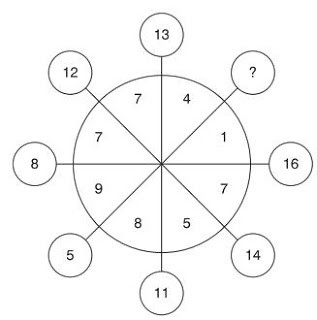
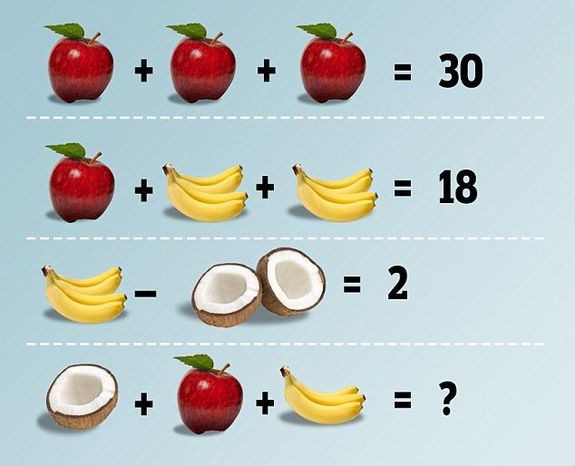
Image source: AOL
Answers:
a) The missing number is 3612. The answer is the number multiplied by itself and then the number added to itself. Six multiplied by six is 36, and six plus six is 12.
b) It contains each one-digit number, zero through nine, listed in alphabetical order.
c) The missing number is 17. Each number in the circle is the sum of the numbers in the opposite quadrant. In this case, the numbers are eight and nine — added together makes 17.
d) The answer is 14 (or 16), if you're on the other side of the debate.
3. Prodigy Math Game
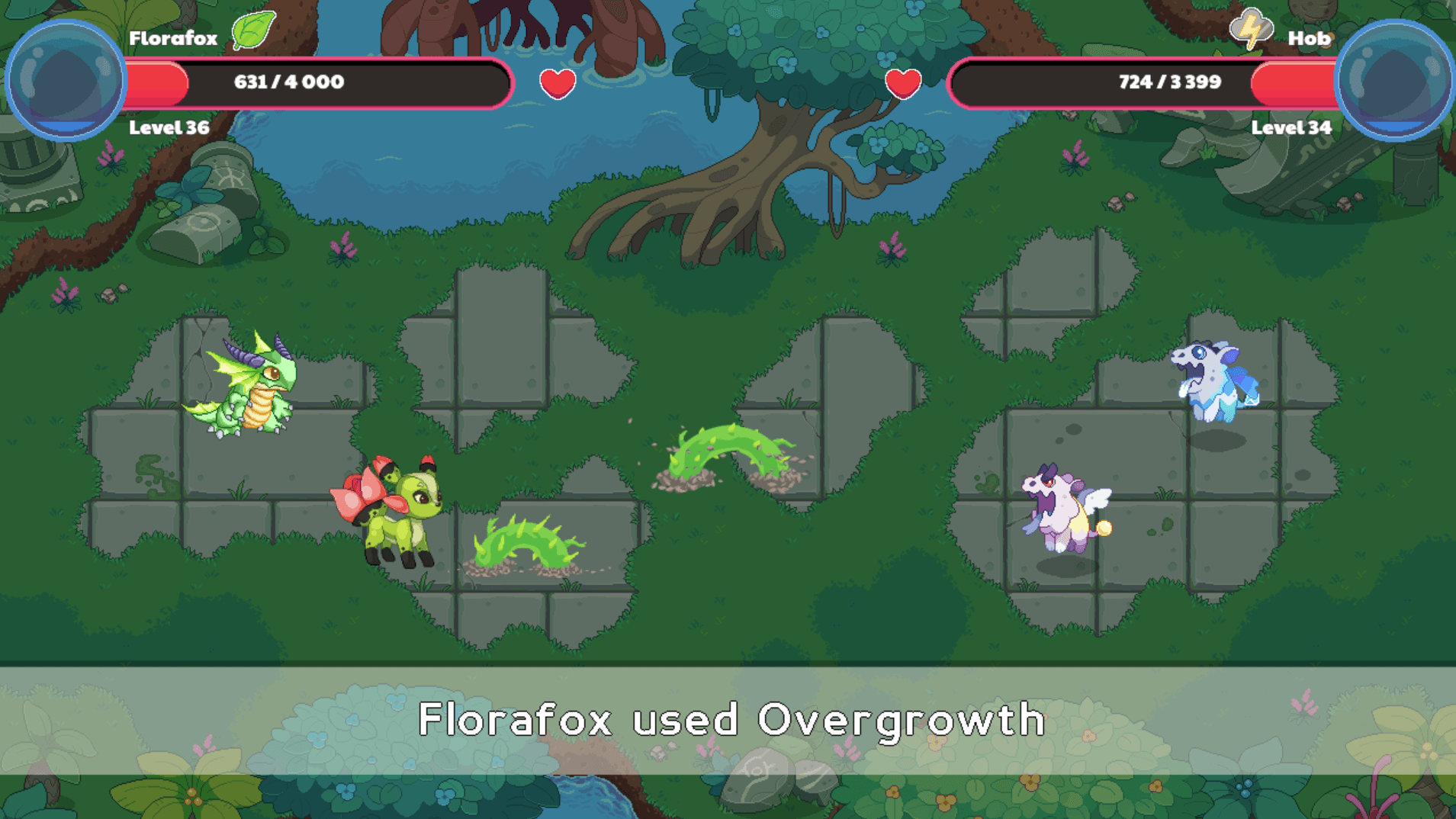
This math activity is a bit different from others on the list. It's not a traditional brain teaser, but it can also be used as a fun, skill-building alternative to traditional math class.
Prodigy is a game-based learning platform that takes your students on an online fantasy adventure while they answer standards-aligned math questions. It's engaging and effective at teaching necessary skills.
Prodigy's free teacher tools help you differentiate learning, send assessments in-game and even collect student insights!
Visual brain teasers for kids
1. Spot the difference
This ever-popular activity might remind you of your own childhood — and kids still love it! Spot the difference puzzles require lots of deduction and attention to detail.
Here's an example of a printable spot the difference activity.
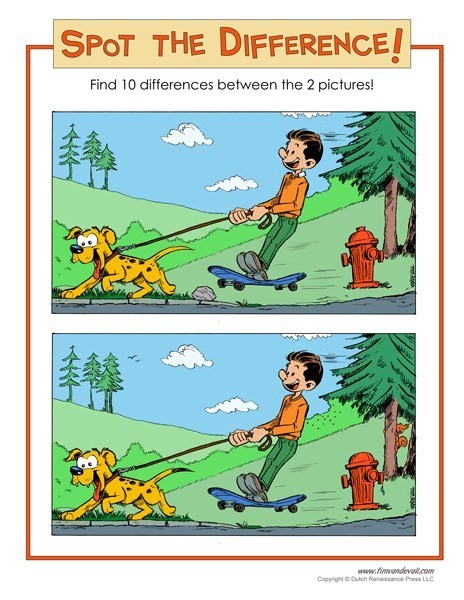
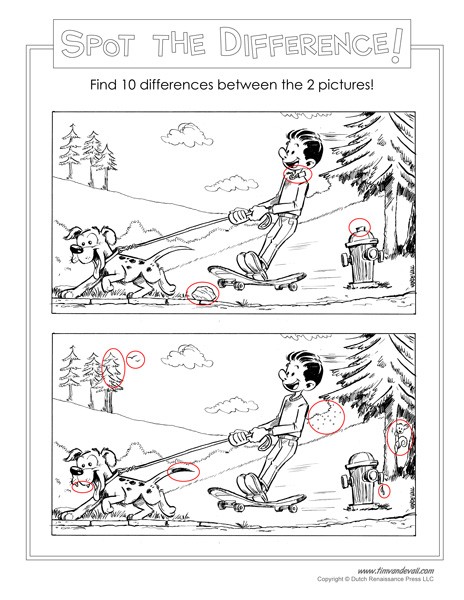
2. Rebus puzzles
A rebus is a visual word puzzle that uses lateral thinking to find its intended meaning. The word or phrase is depicted with a visual illustration, including letters and words. Students must think creatively to figure out the meaning from the clues they're given.
a)

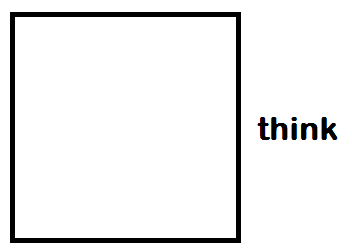
Image source: Stack Exchange
Answers:
a) Top secret
b) Think outside the box
Visit the link below if you want more fun rebus puzzles for your students:
3. Optical illusions
Get tricky with your students! Optical illusions use visual tricks that alter the perception of what you're really seeing. Students will love trying to figure out what's really going on in these examples.
a) How many legs does the elephant have?

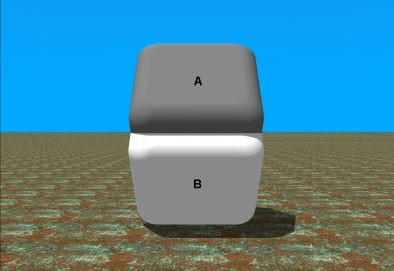
Image source: Brain Den
Answers:
a) Four
b) They're exactly the same colour. If you place your finger over the spot where the squares meet, you can see they're the same. Try this impossible paper puzzle if you want a more hands-on optical illusion. You can make one to show your class, then have students make their own as a fun brain teaser to show friends and family.
4. Stroop effect test
The Stroop effect was discovered in the 1930s by John Ridley Stroop. During the test, you're given a list of colour names, with each word being a different colour than what they describe.
The test involves saying the colour of a word, rather than reading the word itself. Your mind must process the two conflicting pieces of information, which slows down reaction speed and requires careful thought to get through.
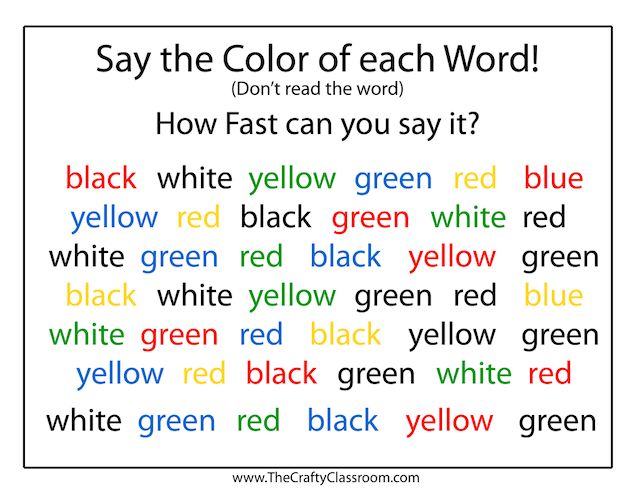
Benefits of brain teasers for kids
You know your students enjoy them, but did you know there are plenty of additional reasons to make brain teasers a regular activity in the classroom?
A study on the attention spans of six-year-olds found children who were given brain teasers were more attentive than those who were not — showing brain teasers were effective at boosting children's attention spans.
Brain teasers for kids can also:
- Strengthen problem solving and critical thinking skills
- Encourage lateral thinking and build new perspectives
- Improve cognitive abilities like memory and processing speed
- Inspire teamwork and communication
- Engage students and motivate them to learn
- Provide necessary breaks from traditional class work
Final thoughts on brain teasers for kids
No matter what subject or skill you want to focus on, a brain teaser is a great addition to traditional teaching methods. Plus, it's something students will actually be excited to do.
Remember that brain teaser are designed to be fun for kids. it's not about finding the right answer, but the mental exercise they get from trying to find the solution.
Use any of the brain teasers in this list whenever you need a boost of energy in your classroom. Bonus points if you can stump any adults!
Create or log in to your free teacher account on Prodigy – a game-based learning platform for math that's easy to use for educators and students alike. Aligned with standards across the English-speaking world, it's used by more than a million teachers and 90 million students.
Source: https://www.prodigygame.com/main-en/blog/brain-teasers-for-kids/
0 Response to "Easy Riddle for 4 to 8 Year Olds"
Post a Comment